As a seasoned content marketer, I can assure you that content marketing has vast benefits for any business. It is one of the most effective methods of growing audience engagement, developing brand presence, and driving sales.
If you‘re curious about content marketing and a little skeptical of its rewards, you’ve come to the right blog.
I’ll explain its importance and the kind of perks it can provide your business.
According to our 2024 State of Marketing Report, 50% of marketers set their sights on increasing their investment in content marketing this year.
Consistent, high-quality, and engaging content impacts audience decision-making more than any other technique.
Consistency in brand messaging is one of the many factors determining your business’s growth and success. Big brands know how to portray their brand consistently and at every customer touchpoint.
The same reasoning applies to content marketing—your content must have a unique and identifiable voice, style, and pitch across all distribution channels.
Content consistency establishes your credibility, builds trust, and strengthens your reputation.
We know the content you create has to be consistent. However, why is content marketing so beneficial? Here are the top benefits of content marketing.
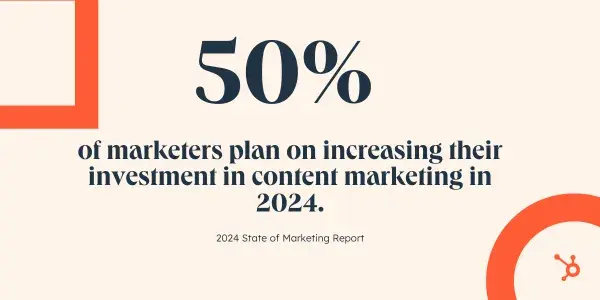
Why Content Marketing Works
Content marketing works because humans are highly visual creatures.
I know you probably weren‘t expecting to get into science today, but I promise it connects to marketing. More than 50% of the human brain’s cortex is dedicated to visual processing.
Furthermore, research shows that 90% of the information humans notice and send to their brains is visual. Therefore, content marketing, such as videos, graphics, visual ads, and blog posts full of graphs and charts, will surely resonate with your target audience.
Moreover, we are firmly rooted in the social media age, where content is king and more and more consumers are discovering new brands and products via social media. Our recent social media study found that 40% of Gen Z, 40% of Gen X, and 43% of Millennials have discovered new products via social media in the last three months.
You can boost brand and product awareness by creating sharable, engaging content that thrives on social media.
Benefits of Content Marketing
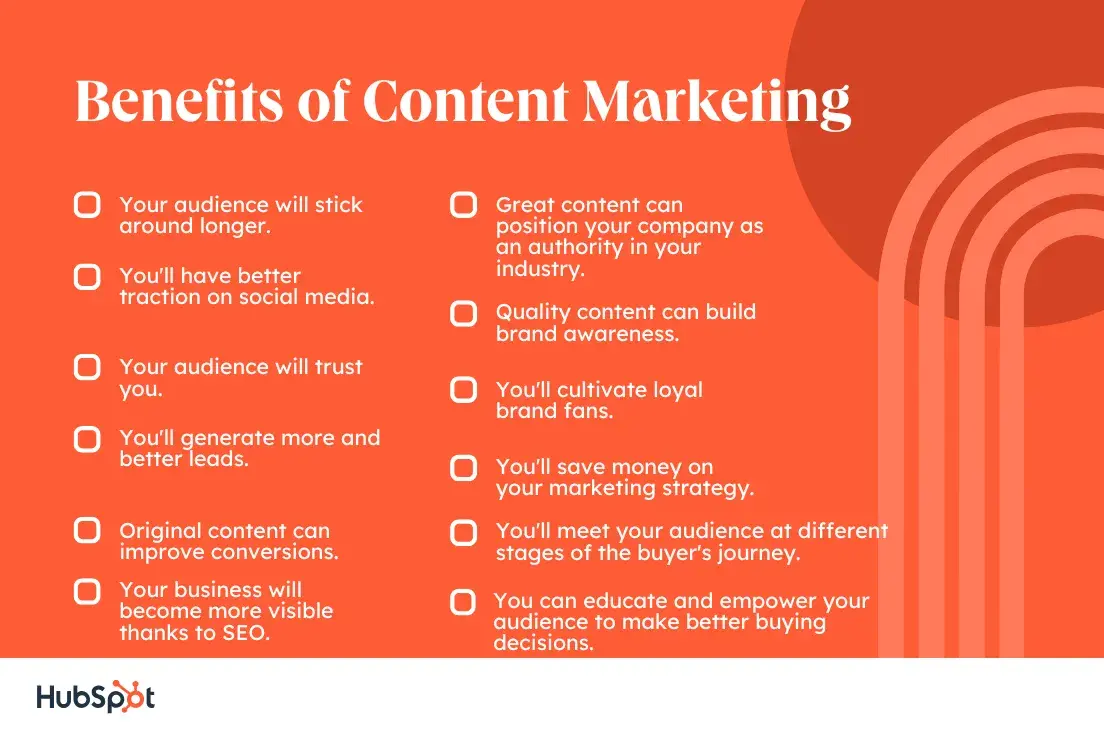
1. Your audience will stick around longer.
Great content is an important asset.
It can create positive experiences for your potential customers and compel them to come back for more. It‘s your ticket to capturing your audience’s attention and continually reinforcing a positive brand impression.
For example, one of my favorite social media accounts to follow is Duolingo on TikTok. The language-teaching app is known for its unique, funny, and entertaining presence on the platform.
Duolingo always provides entertainment value, so I keep it at the top of my mind whenever I get the itch to learn a new language. Whether I break my streak because learning a new language is hard is a different story.
2. You’ll have better traction on social media.
Since I brought up social media, it‘s important to remember that it’s one thing to increase your social media followers across channels, but it’s quite another to create trendy content.
If you‘re one of those businesses that doesn’t see much traction despite having a huge following, it’s time to use content marketing to your advantage. Quality content can help your business gain traction on social media.
Track the performance of your content campaigns using HubSpot’s analytics software.
3. Your audience will trust you.
I’ve found that creating content helps businesses build relationships with their audience. Engaging content can answer customer questions and interact with customers.
When a business creates value without taking anything in return, its audience will likely trust its advice and recommendations.
Ultimately, when your content shows up at the right place and at the right time with the right audience, it‘ll improve your brand’s reputation.
The more quality content customers see, the more likely they are to associate with your company positively.
For example, I am obsessed with Fenty Beauty‘s social media content marketing strategy and how the brand places trust and audience interactions at the center of its content strategy.
Fenty’s Instagram, TikTok, Pinterest, and YouTube channels all focus heavily on providing tutorials and educational content about makeup, skincare, and their products.
The tutorials show viewers how the products work on different skin types and how to mix and match products to achieve different looks. Moreover, the brand is constantly responding to consumer comments on its platform.
These tutorials and genuine interactions build trust with its audience.

4. You’ll generate more and better leads.
I’ve found that Content marketing can also generate leads. When your audience views your content, they’re more likely to purchase from you in the future.
Additionally, calls-to-action (CTA) placed directly in your content can generate new leads for your sales team.
So, how can content generate leads?
According to Lindsay Kolowich, former team manager of the HubSpot Academy Acquisition Content Team, “Content is a great way to guide users to a landing page.
Typically, you create content to provide visitors with useful, free information. You can include CTAs anywhere in your content — inline, bottom-of-post, hero, or even side panel.
The more delighted visitors are with your content, the more likely they will click your call-to-action and move onto your landing page.”
For example, I’m helping a dance studio in my neighborhood by running its TikTok and posting dance content to drum up interest in the studio and attract new students.
I post videos of instructors doing gravity-defying stunts and explaining complex moves.
Each video ends with a call-to-action to sign up for classes via the studio’s web store.
The TikTok account still has a small following since it‘s new, but I’ve already seen new students register for the classes I’ve promoted. Many have told the instructors they learned about the classes via TikTok.
5. Original content can improve conversions.
A couple of examples I will bring up later will dive a bit deeper into this, but believe me when I say the content you post influences conversions.
It helps your audience connect with you and gives them the information needed to make educated purchases.
Even more, if you’re using blog content to bring in traffic, consider using original graphics rather than stock photos, as marketers report the former as least effective in helping them meet their goals.
Additionally, your content should always include a CTA and guide your readers on what they should do next.
6. Your business will become more visible thanks to SEO.
The more consistent, high-quality content you produce, the better it’ll be for your SEO efforts.
For example, I discovered the pole dance studio that sparked my dance journey via a blog post.
Again, I’ll dive much deeper into this example later, but to keep a long story short, the information I found on that blog helped me trust that studio, see it as an authority on dance, and convince me to register for classes.
Your content should help your business become visible online and build trust and authority with your audience.
7. Great content can position your company as an authority in your industry.
As I‘ve hinted, creating quality content will also help build your authority online. If your business is established as a credible place to get information, you’re more likely to rank higher in search engines.
Plus, your customers are more inclined to trust you if they view you as an industry expert. Your content should demonstrate your expertise in your field and provide valuable answers to your audience’s questions.
8. Quality content can build brand awareness.
Sure, anything can build brand awareness, but I’ve found that content marketing does it uniquely.
Our HubSpot marketing experts have written about something called the Surround Sound strategy.
In a nutshell, this content strategy does more than just rank your blog article on page one. It makes your content (and, therefore, your brand) appear everywhere your potential customers are looking for your product.
To execute this strategy, write about topics your customers are interested in so they begin to associate your great content with your brand.
9. You’ll cultivate loyal brand fans.
Taking brand awareness a step further, everyone who raved about your content and associated all those great feelings with your brand is likely to become a brand advocate before ever purchasing your product.
Wait, what?
I promise it’s true; brand fans can be just as loyal and influence their friends and family’s buying decisions as potential consumers see that a business provides value to its current audience. One of the more successful ways companies can do this is through content marketing.
For example, while I may not be in the market for children‘s meal plans because I don’t have children yet, I am obsessed with the Kids Eat In Color blog and Instagram content. I recommend it to my friends and family who have children with picky eating habits. See how well that can work?
10. You’ll save money on your marketing strategy.
Since HubSpot first assessed the cost of content marketing ten years ago, the practice has remained the most cost-effective marketing strategy available.
Upfront costs for content appear steep, and that’s a fair point.
Estimates for blog content range from $150 a post to $3,000 for a freelance writer, but you could hire a full-time staff writer to create content for you regularly.
In the long term, when compared to paid advertisements, video marketing, and traditional marketing, content wins the battle with Frank from finance every time.
11. You‘ll meet your audience at different stages of the buyer’s journey.
What I love most about content marketing is its ability to connect with consumers at any stage of their buyer’s journey. Remember, there are three stages:
- Awareness
- Consideration
- Decision
I‘ll share my own consumer story as an example.
Years ago, I wanted to start a fitness journey but had difficulty maintaining a consistent gym routine. So, I took to Google to figure out why I couldn’t be consistent in the gym. At this point, I was aware of my buyer’s journey.
I know there‘s an issue (I can’t stick to my gym routine), and I want a solution. During this stage, I stumbled upon a blog by a local pole and aerial fitness studio that had a post called “5 reasons you’re not sticking to your fitness routine.”
I read the studio‘s post and learned that I likely didn’t stick to my routine because I found it boring and didn’t derive any joy from committing. So, I should look into alternative, more interesting exercises.
Now, I‘m in the consideration stage. I know why I can’t stick to the gym; it’s boring, and I must consider alternative exercises. So, I started researching alternative forms of fitness and what those types of exercises entail.
At some point, I stumbled upon the studio’s Instagram and found videos detailing their different alternative exercise classes, from pole dancing to aerial silks.
Even better, there were videos tailored to beginners, such as “What to wear to your first pole dance class” or “Debunking myths about aerial hoops.”
Finally, I decided pole dancing would be my best choice, which led to the decision stage. I’m compiling a list of pole dance studios near me to consider.
The initial studio I stumbled upon has been with me this entire journey, so naturally, I decided to enroll in its classes.
By utilizing content marketing, your business can be like my favorite pole studio and meet potential consumers at any stage of their journey.
12. Educate and empower your audience to make better buying decisions.
I‘ll be honest: The customer isn’t always right.
Sometimes, potential customers may make the wrong decision regarding a requested service or product or not understand a business’ method or protocol.
These misunderstandings can often cause friction between a business and its customers. Fortunately, content marketing helps level the playing field.
For example, one of my favorite creators on TikTok is Theresa Va Dam.
She‘s a hairstylist and salon owner who makes videos educating potential clients about hair health, salon dos and don’ts, and typical issues that can arise when styling hair.
The videos aim to promote her business, educate and empower potential clients to make the right decisions when booking hair appointments, trust her process, and ask the right questions about their service.
All this makes for a smoother interaction and a higher chance of the client returning.
Content creation is crucial in today‘s marketing landscape. I simply don’t believe a marketing strategy is complete or effective without incorporating engaging, shareable, and unique content.
Creating a content marketing strategy is one of your marketing team‘s most important steps. So, audit your current content (or start creating if you haven’t already) and determine what works for your business. And don’t be afraid to try something new.
Editor’s note: This post was originally published in November 2017 and has been updated for comprehensiveness.
![]()












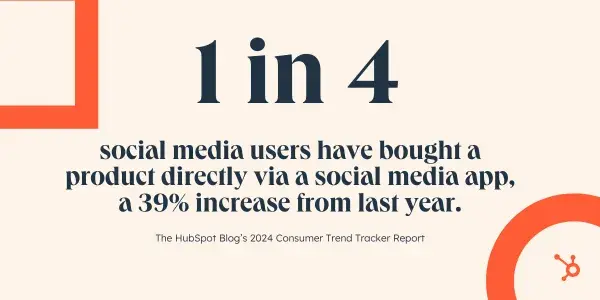
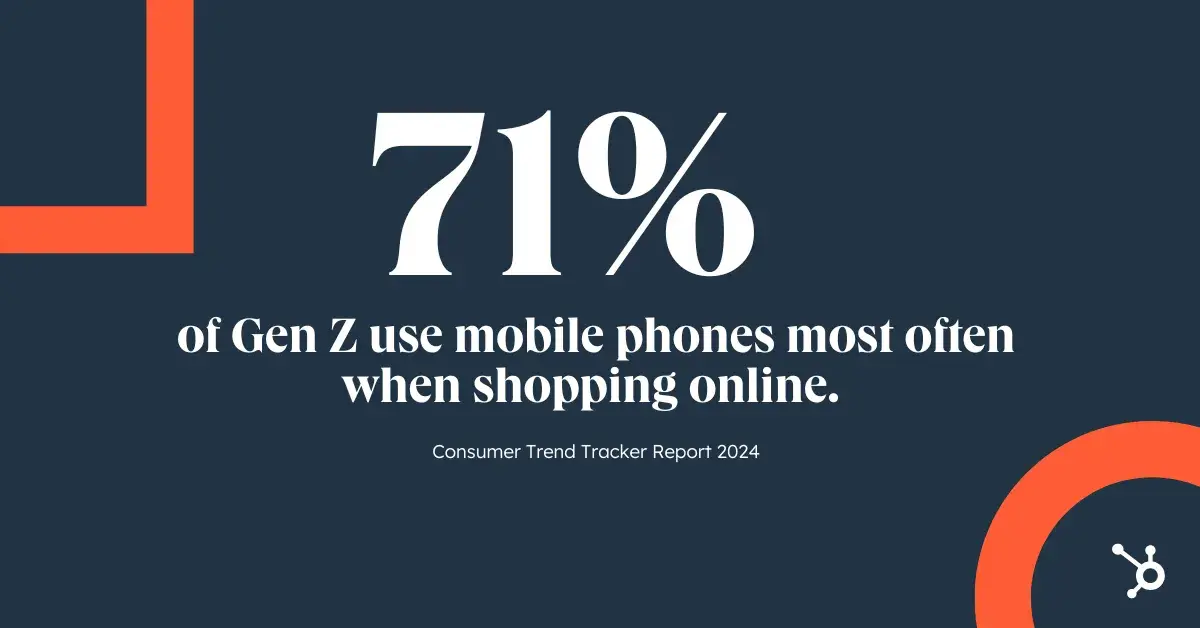
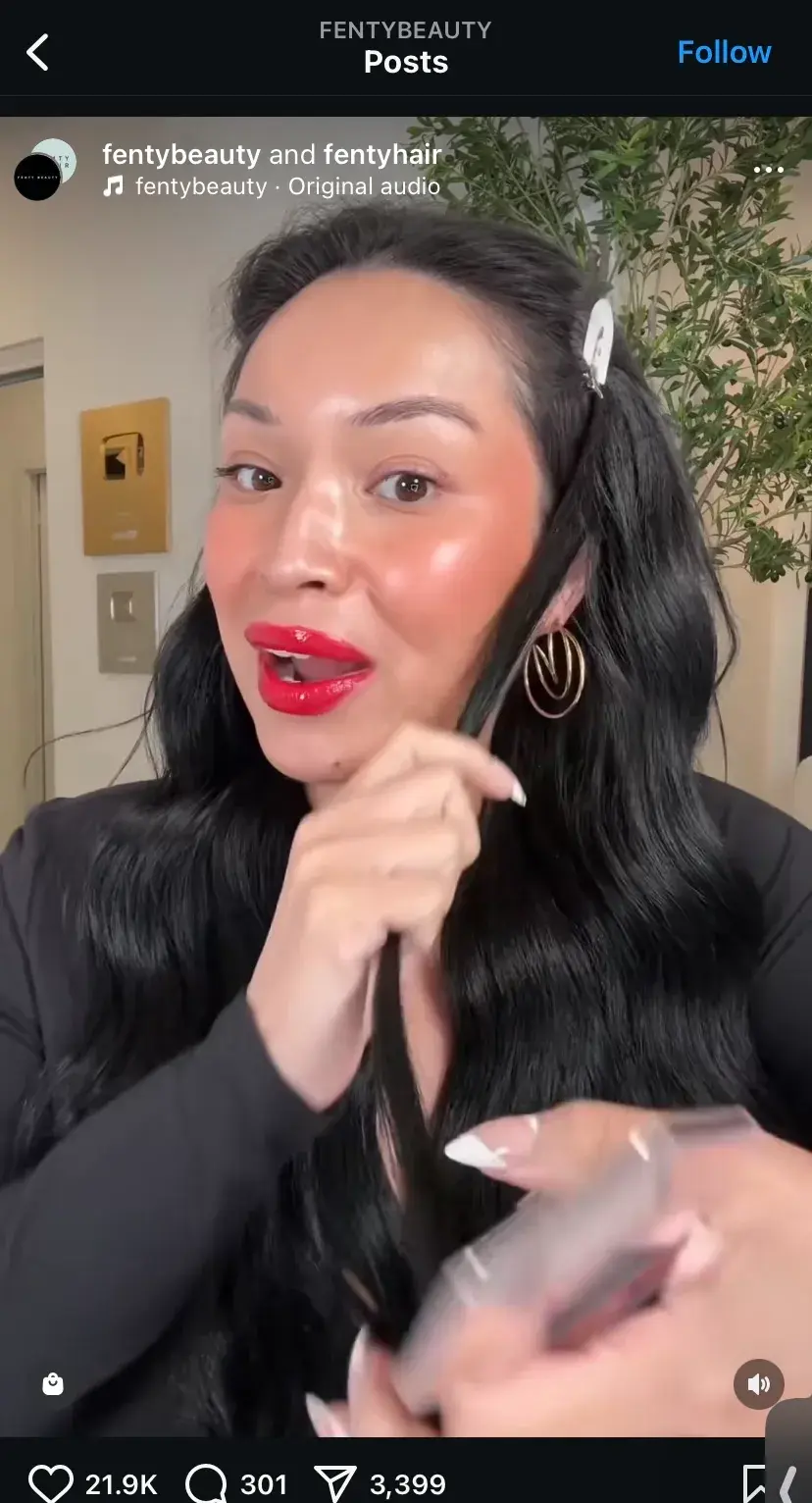
![Download Now: Free State of Marketing Report [Updated for 2024]](https://i4lead.com/wp-content/uploads/2024/11/db725f24-564c-483b-a28c-2d6ff9986516.png)





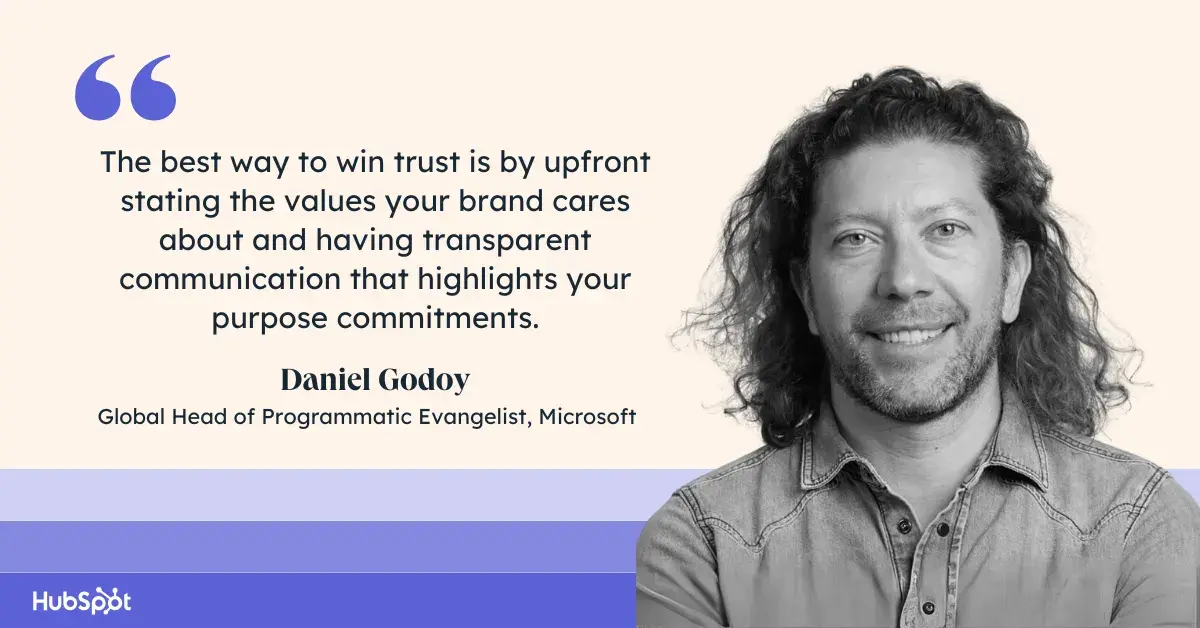



![Download Now: The 2024 State of Social Media Trends [Free Report]](https://i4lead.com/wp-content/uploads/2024/11/3dc1dfd9-2cb4-4498-8c57-19dbb5671820-1.png)



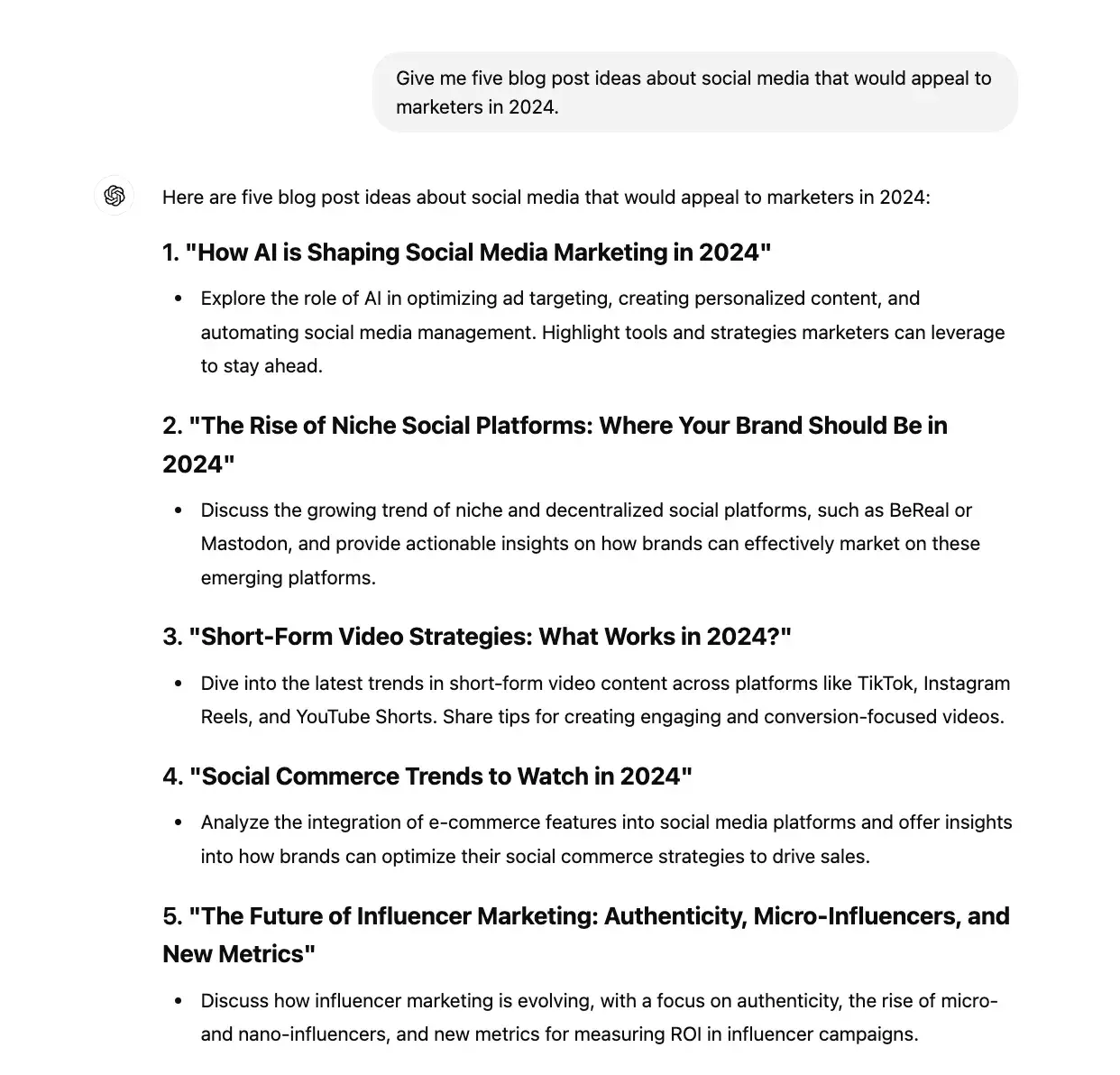
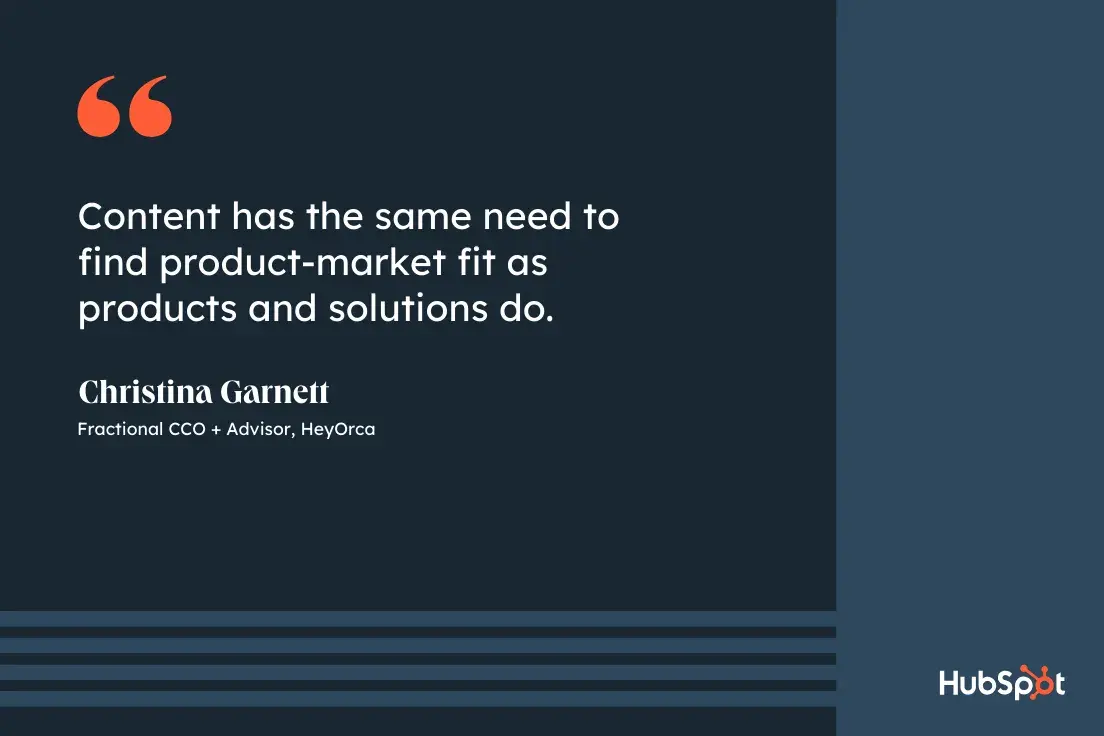






 4.3% lower
4.3% lower 
 10% higher
10% higher 







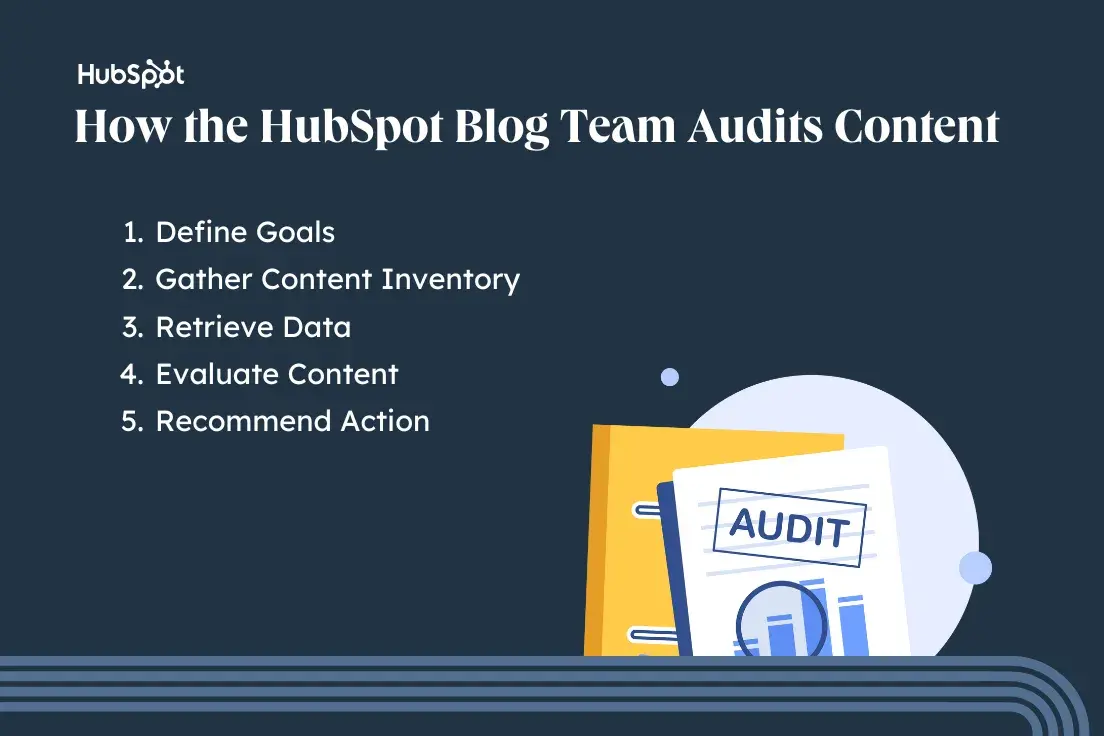
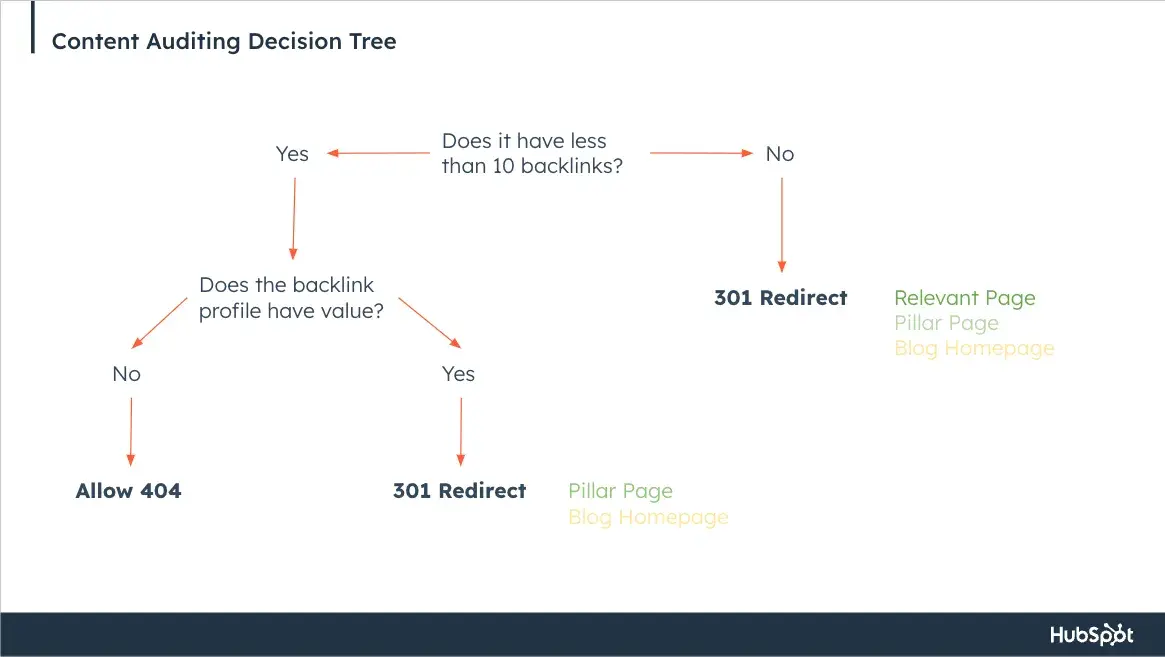
![Download Now: The Future of Newsletters [Free Report]](https://i4lead.com/wp-content/uploads/2024/11/58c8c1bb-6a8c-44a9-8d37-7800956eccc6.png)








